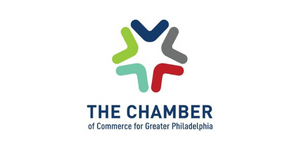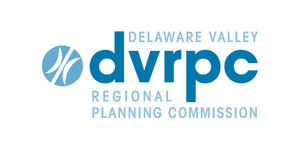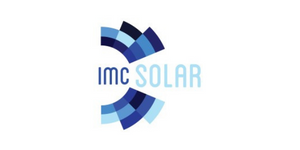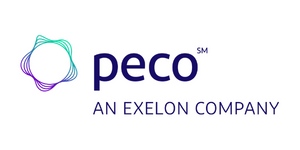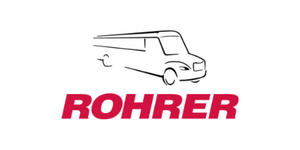
A little over a month ago, the Pennsylvania Department of Environmental Protection (DEP) released their 2021 Climate Action Plan, providing a pathway to reach greenhouse gas reduction goals: 26 percent by 2025 and 80 percent by 2050 from 2005 levels. The plan describes strategies covering several major greenhouse gas producing sectors, including electricity generation, agriculture, fuel supply, transportation, and buildings. The strategies are broken up into initiatives that can be completed in 5 years, 5-10 years, or longer. The four transportation strategies outlined in the Climate Action Plan were modeled to reduce emissions by 33,989,502 MTCO2e by 2050. The strategies include fuel efficiency and reduction of miles traveled for single occupancy vehicles, implementing the multistate medium- and heavy-duty zero-emission vehicle memorandum of understanding (MHD ZEV MOU), increase adoption of light-duty electric vehicles, and implementing a low carbon fuels standard (LCFS).
The first strategy, increasing fuel efficiency of light-duty vehicles and reducing vehicle miles traveled (VMT) for single-occupancy vehicles, is expected to reduce annual energy use by 39,280 BBtu of fuel in 2050. VMT reduction efforts go hand in hand with promoting land use development and policies that incentivize sustainable alternative transit, such as walking, biking, and transit. While the economic and environmental effects of VMT reduction are overall beneficial, the plan does recognize that a significant reduction can only occur if alternatives to driving are cost-effective, viable, and convenient. The nuts and bolts of implementation would depend on the specific region, as this strategy applies primarily within a local context. Some examples given in the plan are use of autonomous electric vehicles, congestion fees, and zero-emission or pedestrian-only zones. We’re still a ways off from fully autonomous vehicles, but the later two methods are already being explored in urban areas.
While autonomous electric vehicles are still in the pipeline, medium- and heavy-duty zero-emission vehicles (MHD ZEV) are already being implemented. If the first strategy is reliant on changing individual driving behavior through development and policy, the second strategy relies on falling prices for MHD ZEVs and expanded charging infrastructure. In addition to battery electric vehicles, other zero emission vehicles fall under this umbrella, such as fuel cell electric vehicles. EP-ACT has had a hand in the transition to zero emission vehicles, and will continue to contribute to the 91,888 BBtu of fuel this strategy is modeled to annually reduce by 2050. Due to the electrification of vehicles, electricity demands increase in response by an estimated 6,132 GWh. It is important to note that the modeled macroeconomic impact of transitioning from combustion to electric heavy-duty vehicles is expected to be negative, but this analysis does not appear to factor in the external social costs of not transitioning, such as health impacts and equity issues associated with diesel vehicle emissions disproportionally affecting disadvantaged communities.
In addition to electrifying MHDs, the third strategy called for by the Climate Action Plan is to increase adoption of light-duty electric vehicles (EV), including private and municipal fleet vehicles. The model used assumes a moderate EV adoption scenario, which indicates that EVs will represent 70% of the market share by 2050, contributing to an expected annual energy reduction of 331,996 BBtu of fuel by 2050, the largest energy reduction of the strategies so far. This is another area where EP-ACT has worked in, with plans to reach out to more individual vehicle owners to continue education about EVs. EP-ACT, with sister Clean Cities Partner Pittsburgh Region Clean Cities, have made an aggressive goal to help get 100,000 EV’s on Pennsylvania’s roadways by 2025. (Learn more about this initiative at www.driveelectricpa.org) The technology for battery electric vehicles is established, although there are still innovations being made to increase efficiency and ease of vehicle charging. DEP mentions leveraging the AFIG Alternative Fuel Vehicle Rebate and the Driving PA Forward programs, both of which EP-PACT also utilizes.
The final strategy proposed in regards to transportation is implementing a low carbon fuel standard, which is a market-base incentive program. The LCFS is designed to use a system of credits earned through using or producing low carbon transportation. These credits can then be sold to regulated entities involved in traditional transportation fuels like petroleum, who are required to offset deficits accrued from carbon-intensive fuels with the LCFS credits to meet compliance requirements. This strategy is different from the other three as it is purely policy-based, benefitting low carbon transportation users and producers and incentivizing carbon-intensive fuel industries to transition to cleaner fuel.
As far as transportation goes, these four strategies provide a comprehensive base to guide future development and policy. EP-ACT will continue to support the transition to alternative fuels, vehicles, and technologies to displace petroleum and keep “Driving Together Toward a Green Tomorrow.”
To learn more about the 2021 PA Climate Action Plan, go here:
https://www.dep.pa.gov/Citizens/climate/Pages/PA-Climate-Action-Plan.aspx

